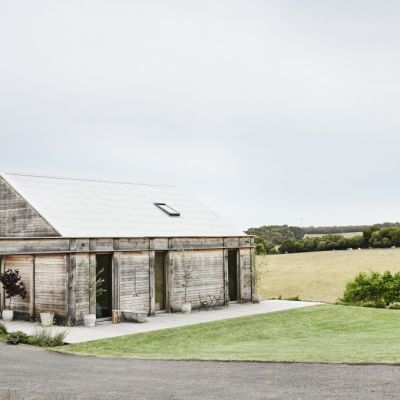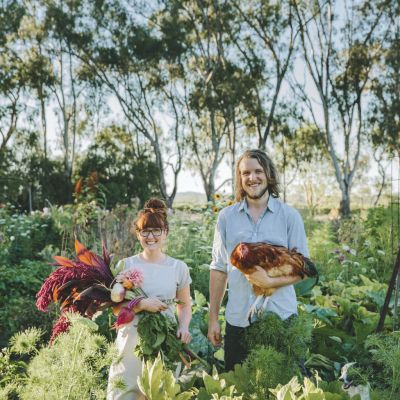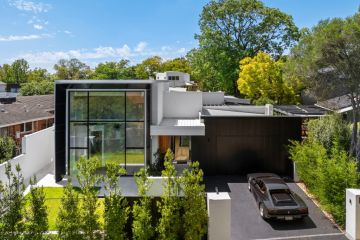'Unfussy, warm and welcoming': What makes our homes uniquely Australian

When it comes to our homes, what is it that truly defines Australia’s architectural style?
From inner-city heritage with a nod to a bygone era to the suburban promise of backyards, clean design lines and open spaces and regional homes that connect to a vast landscape, the architecture that promised us our utopian dream came dressed in all shapes and sizes.
According to artistic director of Design Canberra Dr Rachael Coghlan, we need to rewind back to the ’70s to find the answer.
The era was a unique moment in our history when Australian architectural design gave us a look like no other.
Sure we turned to the mid-century modernism happening in Europe at the time, but Australian architects brought their own genius to our humble homes and turned them into something other than obvious.
“There is something distinctly Australian and growing in appreciation right now and it connects us to ’70s architecture,” says Coghlan.
“Back then homes were trying to have a dialogue with the Australian bush, it came down to materiality and its relationship to nature while also connecting to the light that came into our homes.”
Nostalgia for the ’70s means we’re seeing a demand for this style of home again – quintessentially defined as Australian at its best. It’s a style that continues to influence how we live.
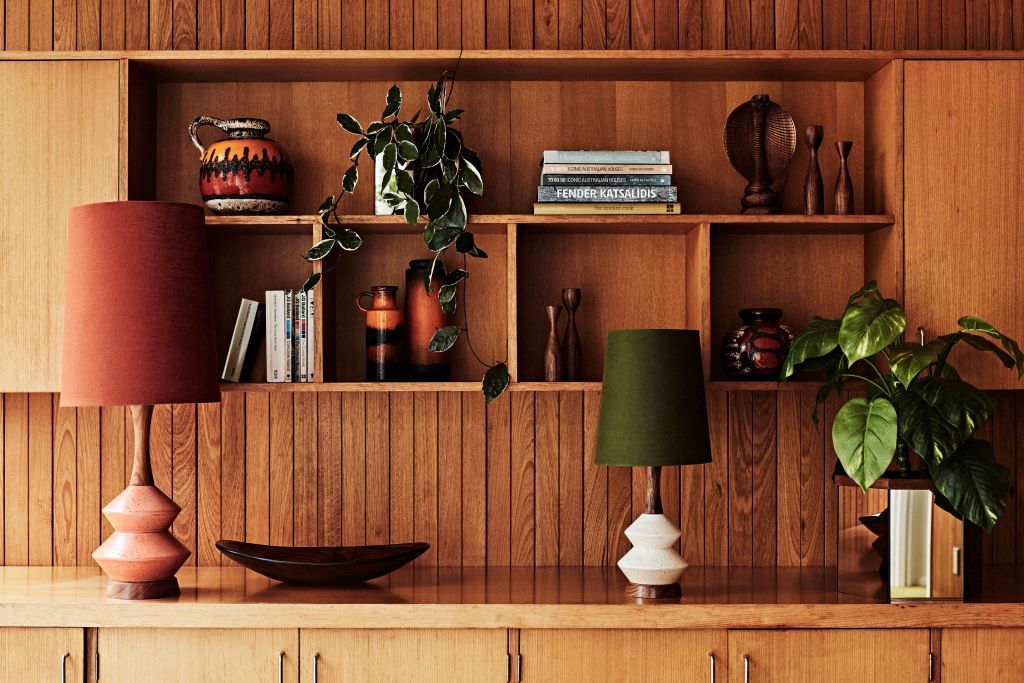
“1970s homes are selling well and it certainly feels like a recent phenomenon and renaissance of sorts,” Coghlan says.
She says the nostalgia for simpler homes and a relaxed one at that is a sign of the times, and perhaps a little bit of history repeating.
“The ’70s was sympathetic to concrete, clinker brick and stained timbers – it was all about trying to create harmony between the outside and the home inside. It’s a utopian dream that compelled us to tap into it and crave it,” Coghlan says.
Melbourne architect Clare Cousins says what defines our homes as passionately Australian comes down the symbiotic flow between home and nature.
She cites her Beaumauris House project, which was shortlisted for a 2020 architecture award, as an example.
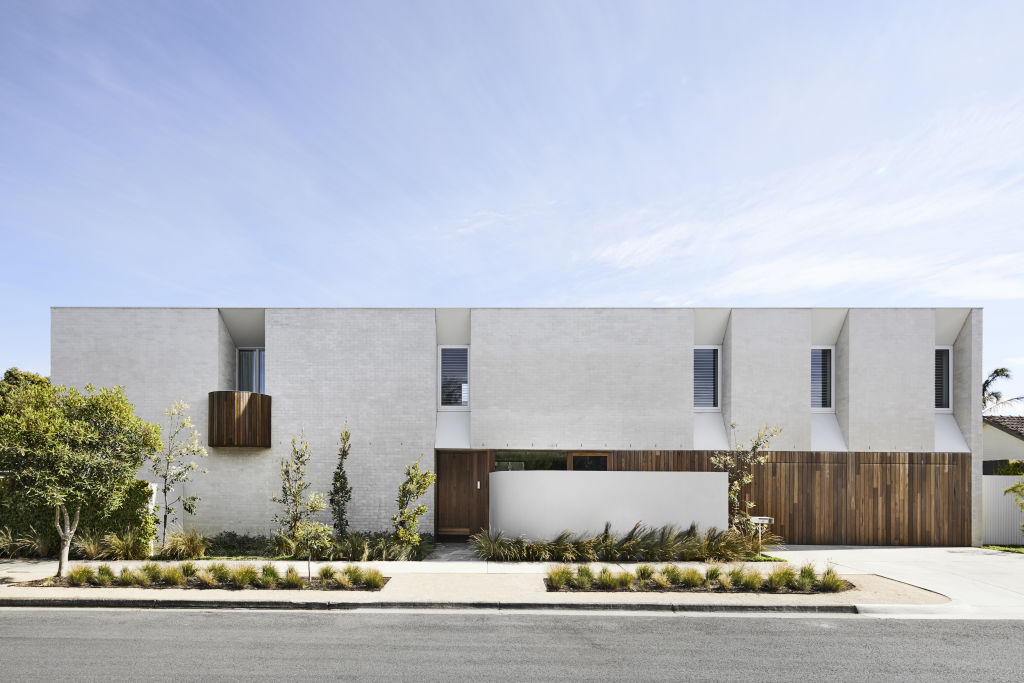
“The Beaumaris House is your typical suburb block, a singular double-storey and made up of a simple formal composition,” Cousins says.
“The home is about bringing the landscape inward, that sense of extending the living habitual space of the house is known to have significant wellbeing benefits too.”
Allowing the indoors to connect with the outdoors is what adds to our perceived Australian dream. In Cousins’ case, it’s her use of blackbutt timber and sandbag washed recycled bricks – that links back to its location close to Port Philip Bay – where her vision for future Australian design is felt.
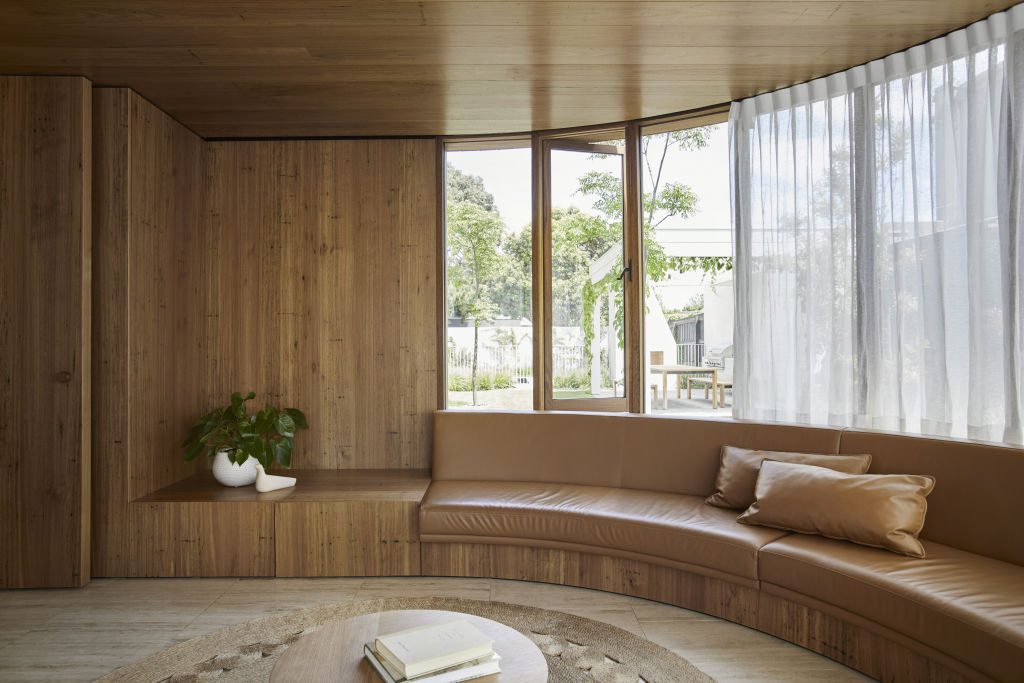
What goes on behind closed doors also adds to her unique Australian voice within the home.
According to interior stylist Simone Haag, casual warmth drives our vision.
“Australians tend to adopt crisp unfussy pieces and strive to create a home which is light-hearted, warm and welcoming,” she says.
“We are a young country and can’t rely on the patina and beauty of European buildings. We lean into the modernity of our spaces, maintain a pride of place, support local and honour the climactic conditions with open-plan living.
“In a truly Australian fashion and, with slight irreverence, we effortlessly combine European vintage pieces with furniture of the Australian vernacular – to great success, and to the envy of the rest of the world.”
Hannah Tribe from Tribe Architects says what makes our homes uniquely Australian comes down to a few factors but it’s the way we’ve made the kitchen the centrepiece of the home that’s a defining moment.
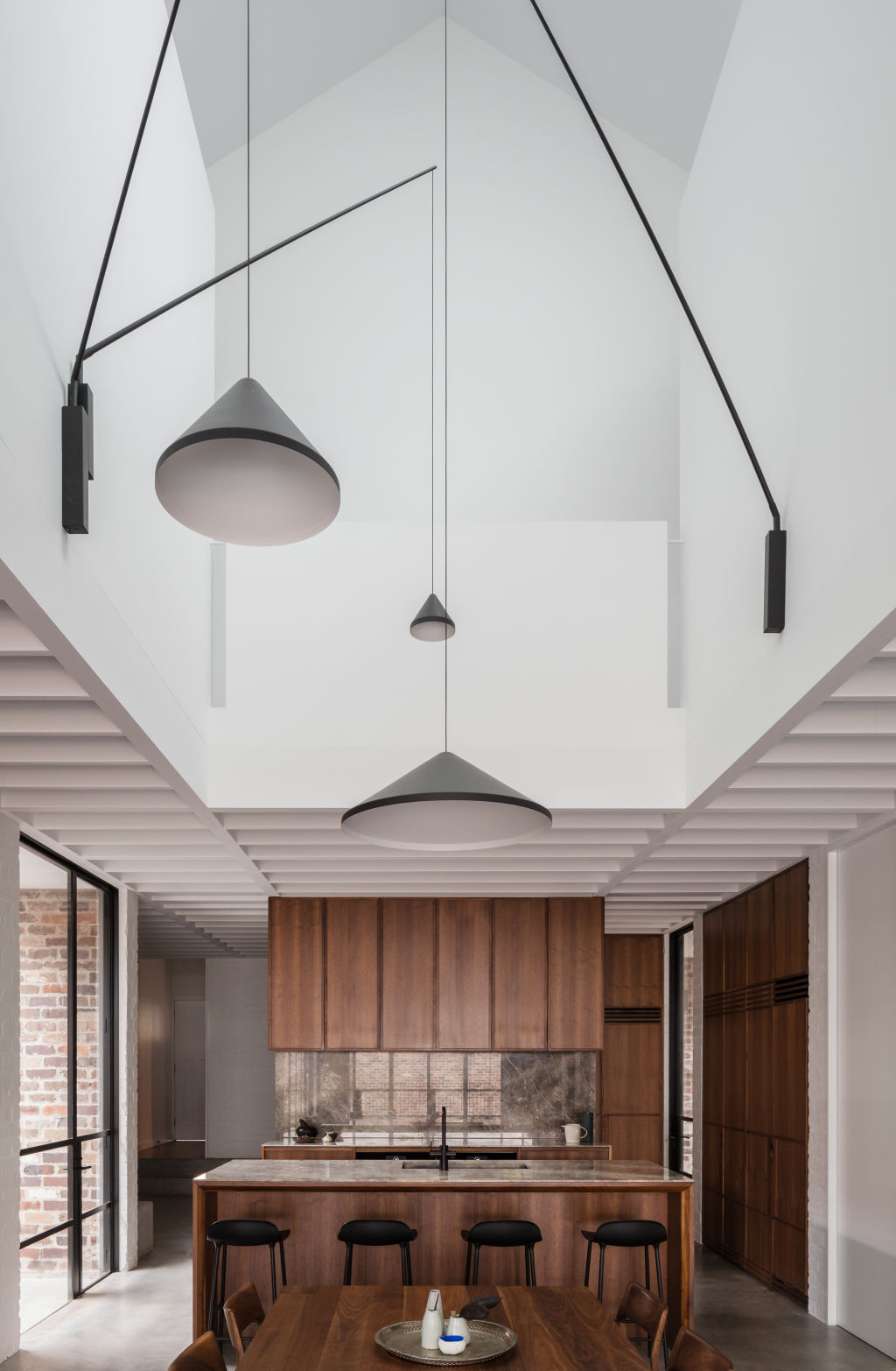
“In Australia, we cook up the best of the world, but end up with something that is uniquely Australian because of the climate,” Tribe says.
“Cooking is not something done by servants or servile women of the house out the back of our homes, it’s at the centre of it and the idea of family, entertainment and cooking remain central to great Australian design style.
“It’s the engine room function and not a gendered space any more. It’s celebrated rather than hidden and we have done that well; a lot of cultures still hide their kitchens.”
Shortlisted for her landscape design Native Retreat Studio in this week’s Design Awards, Kathleen Murphy says native plant life is a no-brainer for capturing true Australian style.
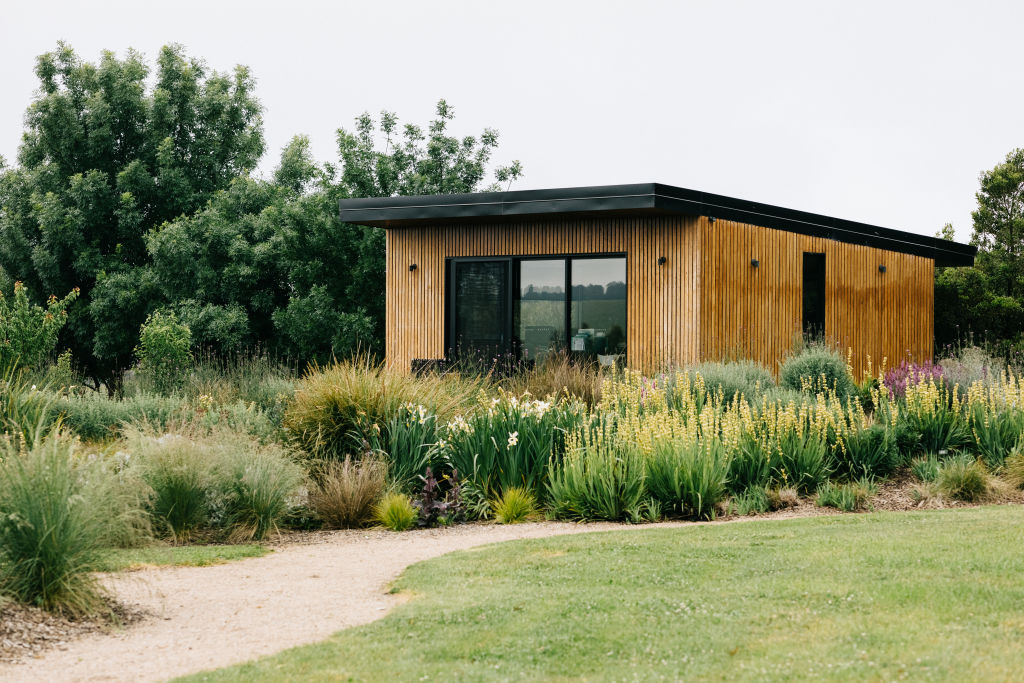
“That’s what richly defines our gardens from the rest of the world,” she says.
Murphy says Australian landscape design looks to the Japanese for a pulse point ointment of zen. “The Japanese have long leaned into the aesthetic that simplicity is beauty and we’re learning that more than ever and paring it back too.”
And when it comes to the scent within our homes, what keeps our feet firmly grounded is the greatest reminder of all – our vast landscape.
According to Scent Australia Home’s Andrew O’Keefe, whose company makes diffusers oils and fragrant candles, the demand for Australian bush scents went in overdrive this pandemic year as many were craving a wander and couldn’t do it in lockdown.
“Our focus on the Australian bush is a nod to the scent you smell when you walk through a bush where bracken has started to grow back on the forest floor,” he says.
“While we make fragrances that can take you anywhere from Paris to Miami, the desire for Australian native is on the increase, and we’re seeing more Australians wanting to keep their homes fragranced with scents that connect them to what is distinctly Australian.”
We recommend
States
Capital Cities
Capital Cities - Rentals
Popular Areas
Allhomes
More

